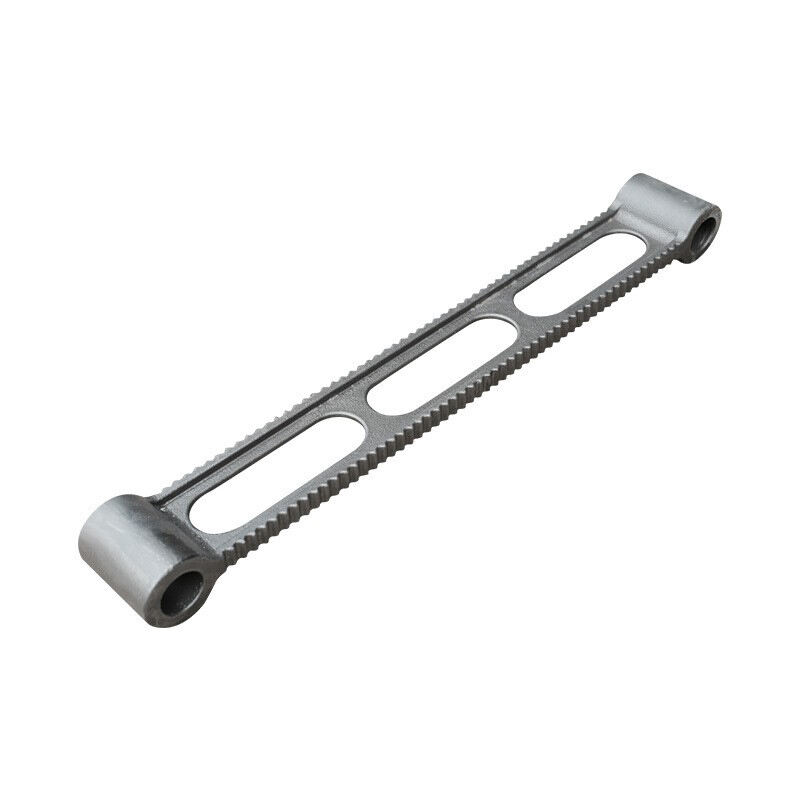4340 alloy steel
4340 alloy steel is a versatile, heat-treatable material renowned for its exceptional combination of strength, toughness, and wear resistance. This nickel-chromium-molybdenum steel grade offers outstanding mechanical properties across various temperature ranges, making it a preferred choice in demanding applications. The material features a unique chemical composition that typically includes 0.38-0.43% carbon, 1.65-2.00% nickel, 0.70-0.90% chromium, and 0.20-0.30% molybdenum. These elements work synergistically to provide superior hardenability and maintain strength even in large cross-sections. The 4340 alloy steel demonstrates remarkable fatigue resistance and excellent ductility, allowing it to withstand cyclic loading and resist crack propagation effectively. When properly heat-treated, it can achieve tensile strengths ranging from 145,000 to 230,000 PSI while maintaining good toughness. This versatile material finds extensive use in aerospace components, heavy equipment manufacturing, power transmission parts, and critical structural applications where reliability is paramount. Its consistent performance under severe operating conditions and ability to maintain dimensional stability during heat treatment make it an invaluable choice for engineering applications requiring high strength-to-weight ratios.
